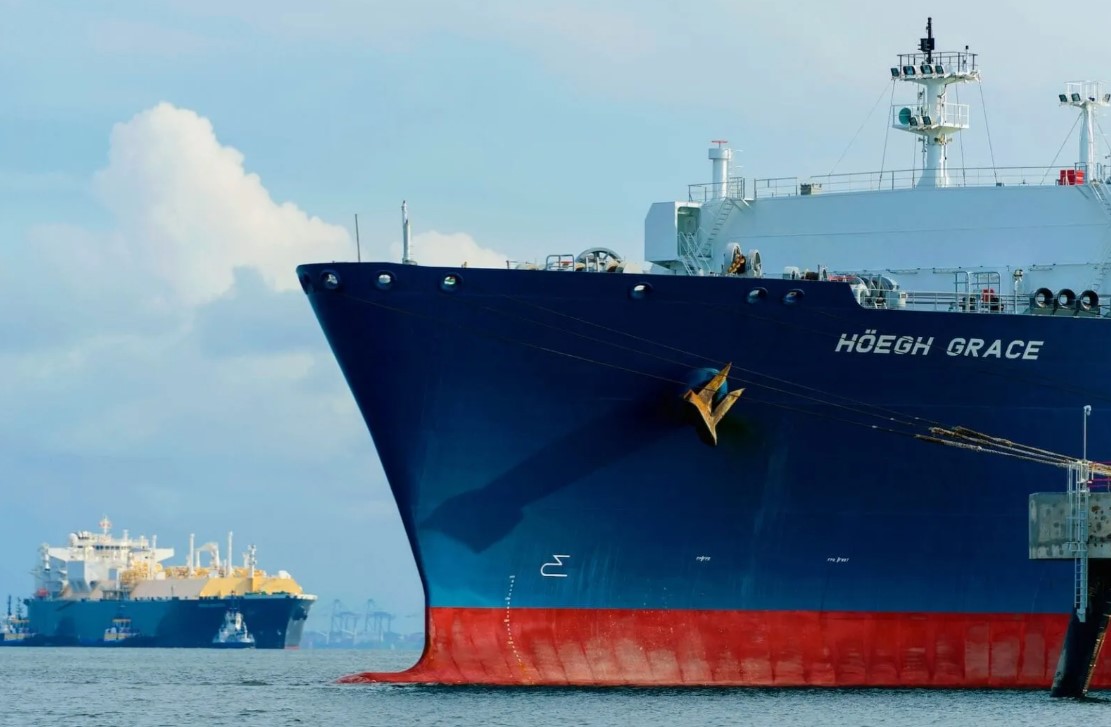This story requires a subscription
This includes a single user license.
Standing for “energy vector infrastructure,” the name Evi reflects the recent expansion of Hoegh’s focus beyond LNG import terminals to encompass “innovative and tangible clean energy solutions,” the company said on Monday.
Hoegh Evi is “accelerating the energy transition with floating infrastructure for ammonia and hydrogen, as well as carbon transport and storage (CCS), in addition to LNG,” it said.
Also, Hoegh LNG Holdings Ltd. will change its company name to Hoegh Evi Ltd.
Along with the new name, the company has adopted a new logo and visual identity.
“In a world of rapid change and evolving energy demands, customers need a partner to help them balance today’s energy security needs with tomorrow’s clean energy ambitions,” Erik Nyheim, president & CEO of Hoegh Evi, said.
“Hoegh Evi will continue to be a leading provider of floating LNG infrastructure while we are also applying our skills and experience to bring marine infrastructure for clean molecules into operation by the end of this decade,” he said.

FSRUs, hydrogen import terminal
Hoegh recently said its focus remains on developing a new Dutch FSRU-based facility with VTTI, while the company is working on other projects as well.
The group’s fleet comprises ten FSRUs and three LNG carriers.
Hoegh LNG’s entire fleet operates under long-term contracts, except the LNG carrier Hoegh Gandria, which is currently employed on a five-month LNGC charter ending in September 2024.
In December last year, Rotterdam-based storage terminal owner VTTI, co-owned by Vitol, IFM, and Adnoc, joined forces with Hoegh LNG to develop and operate the Zeeland energy terminal, in the Vlissingen port area, southern Netherlands.
The terminal will be based on an FSRU, which in time, plans to transition from import of LNG to hydrogen, the partners said.
Hoegh and German LNG terminal operator Deutsche ReGas recently also signed a deal to develop a floating hydrogen import terminal in the German port of Lubmin.
The partners claim this terminal will be the world’s first floating import terminal for the industrial-scale conversion of green ammonia to green hydrogen.
Deutsche ReGas expects the facility to go into operation from early 2026.
“The terminal will be the world’s first floating green ammonia cracker, producing around 30,000 tons of hydrogen per year that will be fed into the hydrogen core network via the existing feed-in point at the Deutsche ReGas terminal in the port of Lubmin,” Deutsche ReGas said.

